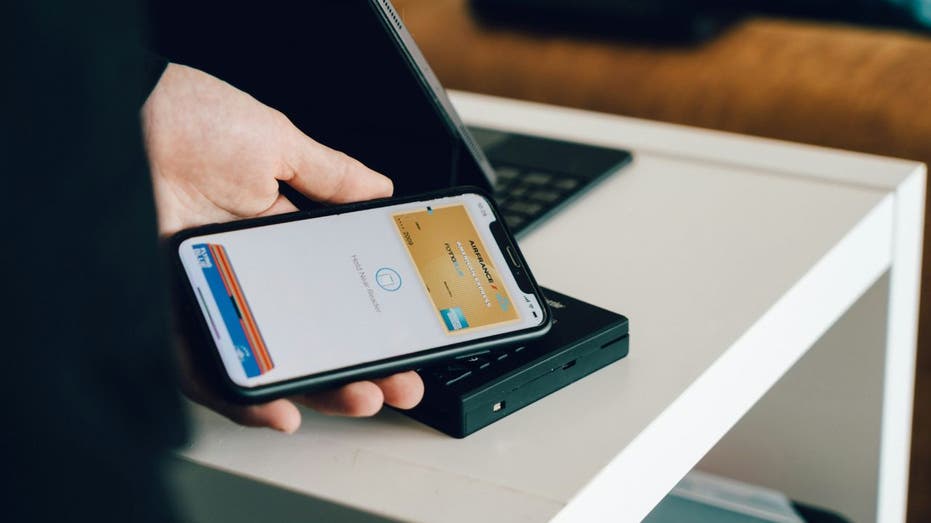How Thieves Exploit New Credit Card Numbers Before You Get Them

Imagine the shock of receiving an alert about unauthorized charges on a credit card that hasn’t even reached your mailbox. Is this even possible? Unfortunately, it is a growing concern in the realm of digital credit card fraud.
Understanding the Rise of Credit Card Fraud
Today, criminals have adapted to the digital landscape, eliminating the need for physical cards to conduct fraudulent transactions. Techniques such as data breaches, phishing attacks, and card-not-present fraud have made it easier for thieves to misuse your information before you even touch your new credit card.
The Mechanics of Fraudulent Activity
Even before your new card arrives, it could already be at risk. The real issue often lies in digital vulnerabilities rather than physical theft. Here’s how fraudsters exploit these weaknesses to access your credit card information:
Accessing Digital Wallets and Account Dashboards
Many credit card companies provide instant access to your new digital card number for online purchases or mobile wallets like Apple Pay and Google Wallet. If a scammer gains access to your online account—through stolen login credentials, malware, or a hacked email—they can view your new card number as soon as it is issued. This means they can add it to their own digital wallet and start making purchases before you’ve even opened the envelope.
The Risks of Instant Mobile Wallet Activation
While the convenience of instantly adding your credit card to a mobile wallet is appealing, it carries inherent risks. Criminals can use stolen personal data to bypass security measures and link your card to their own accounts. They might impersonate you to request a new card or manipulate the digital activation process, allowing them to make fraudulent purchases before you are even aware of the situation.
Phishing Attacks and Data Breaches
Another common method for obtaining your credit card information involves phishing scams or large-scale data breaches. Thieves can utilize stolen data—such as your name, Social Security number, and address—to impersonate you and gain access to your account. Once they’re in, they can easily retrieve new card details or request replacements. Phishing scams often trick individuals into revealing sensitive information through fraudulent emails or websites, while data breaches can expose large amounts of personal data for exploitation.
Preventing Traditional Mail Theft
Although most unauthorized charges occur through digital means, traditional mail theft is still a threat. Criminals may intercept your mail to steal sensitive documents, including credit cards. To mitigate this risk, avoid leaving important mail unattended in your mailbox. Consider using services like Informed Delivery by USPS to track incoming mail or request that your credit card be sent to a secure location, such as a P.O. box.
Steps to Take if You Encounter Fraudulent Charges
If you discover unauthorized charges on a credit card you haven’t yet received, follow these essential steps to protect yourself:
1. Change Your Login Credentials
– Immediately update your passwords for your bank and credit card accounts. If your email is also compromised, change that password as well. Using a password manager can help generate and store complex passwords securely.
2. Install Robust Antivirus Software
– Ensure all your devices have strong antivirus software installed to protect against spyware or keyloggers that may be stealing your sensitive information.
3. Enable Multifactor Authentication (MFA)
– Adding MFA to your financial accounts provides an extra layer of security by requiring a secondary verification step, such as a code sent to your mobile device.
4. Use an Identity Theft Protection Service
– These services can monitor your personal information, alerting you if it’s being misused or if it appears on the dark web. They can also assist in freezing your accounts to prevent unauthorized use.
5. Consider Personal Data Removal Services
– These services monitor and remove your sensitive information from data brokers and websites, reducing your online footprint and the chances of your data being used in scams.
6. Report Fraud to Your Credit Card Company
– Contact your credit card issuer to report fraudulent charges and request an investigation. They can help trace account access and typically reverse unauthorized transactions.
7. Notify Law Enforcement
– File a report with the Federal Trade Commission and, if necessary, a police report to document the fraud. This is vital for disputing charges and clearing your record.
Don’t Be a Victim of Credit Card Fraud
Understanding how thieves exploit new credit card numbers can empower you to take proactive measures to protect yourself. In our increasingly digital world, staying vigilant and implementing strong security practices is essential. If you find yourself in this situation, act quickly by changing your passwords, enabling multifactor authentication, and reporting the issue to your credit card provider.
Have you ever experienced unexpected exposure of your personal information? Share your story and recovery tips with us.
For more technology insights and security alerts, subscribe to our newsletter.



